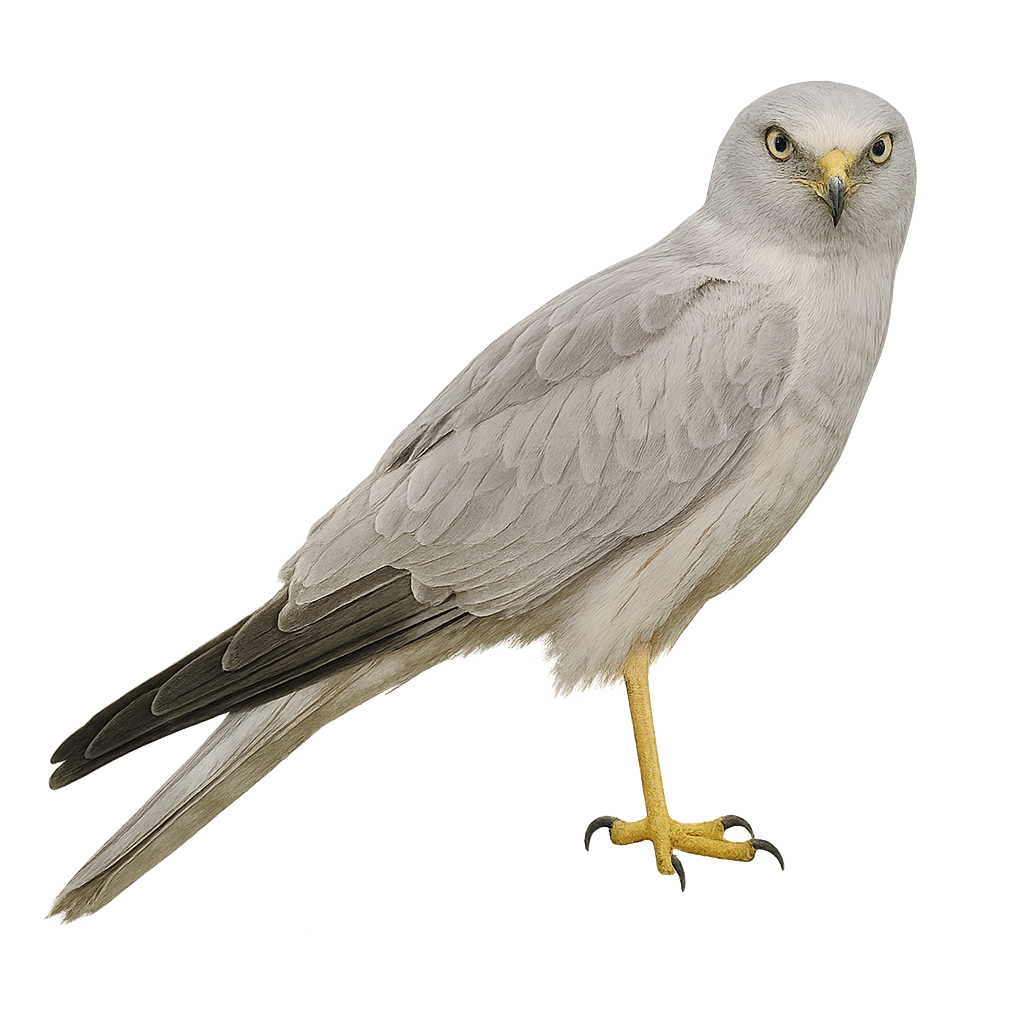Your wildlife photography guide.
Explore the pallid harrier in detail, study its behavior, prepare your shots.
Where to observe and photograph the pallid harrier in the wild
Learn where and when to spot the pallid harrier in the wild, how to identify the species based on distinctive features, and what natural environments it inhabits. The WildlifePhotographer app offers tailored photography tips that reflect the pallid harrier’s behavior, helping you capture better wildlife images. Explore the full species profile for key information including description, habitat, active periods, and approach techniques.
Pallid Harrier
Scientific name: Circus macrourus

IUCN Status: Near Threatened
Family: ACCIPITRIDAE
Group: Birds
Sensitivity to human approach: Very shy
Minimum approach distance: 50 m
Courtship display: April to June
Incubation: 28-30 jours
Hatchings: May to July
Habitat:
steppes, marshes and wet grasslands
Activity period :
Primarily active during the day, with peak activity in the morning and late afternoon.
Identification and description:
The Pallid Harrier (Circus macrourus) is a slender, medium-sized raptor (40–48 cm long, 95–115 cm wingspan), with slate-grey breeding plumage in males and mottled brown in females. It occupies open landscapes such as steppes, marshes and wet grasslands, gliding low over the ground to hunt micro-mammals, small birds and large insects. Nestling on the ground from May 1 to July 31, it builds a simple scrape nest hidden under vegetation. A long-distance migrant, it winters from the Sahel to the Indian subcontinent. Populations are vulnerable to steppe loss and agricultural disturbance, although recent trends are relatively stable. As a passage migrant in western Europe, it is eagerly sought by birdwatchers during spring and autumn migrations.
Recommended lens:
400 mm – adjust based on distance, desired framing (portrait or habitat), and approach conditions.
Photography tips:
To capture the Pallid Harrier, set up a low-hide at ground level along steppe edges between May and July. Use a 400–600 mm telephoto lens on a monopod for stability, and choose aperture f/8 for optimal depth of field. Select shutter speeds of at least 1/2000 s to freeze flight. Shoot in RAW and enable continuous autofocus to track hunting birds. Aim for soft morning or evening light to enhance plumage contrast.
The WildlifePhotographer App is coming soon!
Be the first to explore the best nature spots, track rutting seasons, log your observations, and observe more wildlife.
Already 1 432 wildlife lovers subscribed worldwide

